What images are generated in your mind when I mention the brand Inglenook?
Probably thoughts of cheap, unpleasant-tasting wine. Plonk. But, trust me… that was not always the case.
Located in the premiere Rutherford region of Napa, Inglenook was founded in 1879 by Finnish sea captain, Gustave Niebaum. His goal was to produce wines that rivaled the great vintages of Europe. Niebaum worked for years with marginal financial success and died in 1908. America had relatively little interest in top quality wine and the winery was closed completely during Prohibition, reopening following the passage of the 21st Amendment to the Constitution.
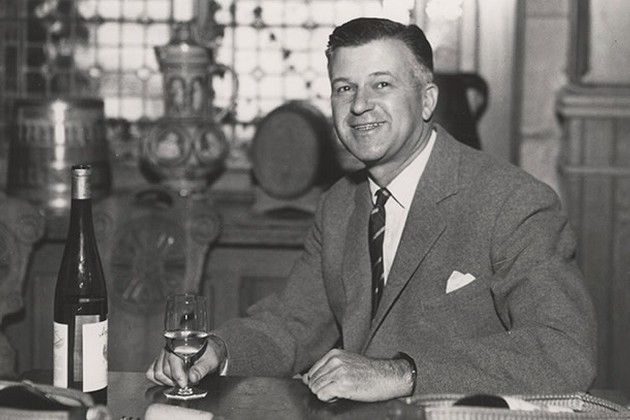
John Daniel, Jr.
American wine history was forever changed for the better when John Daniel, Jr., Niebaum’s great-nephew, became the owner in 1936. Daniel’s mentor was Carl Bundschu, who had served as General Manager of the winery under Niebaum. Bundschu shared Daniel’s passion for creating high-quality wines. But it was Daniel’s genius, vision and commitment that transitioned Inglenook into recognition as the finest winery in Napa Valley by the early 40’s.
Daniel was born in San Francisco in 1907 but was pretty much raised by Niebaum’s wife, Susan at the winery. He returned to Inglenook after graduating with a degree in engineering from Stanford. Under his guidance the brand became renowned for excellence, winning numerous national and international awards for superb varietal wines – especially Cabernet Sauvignon.
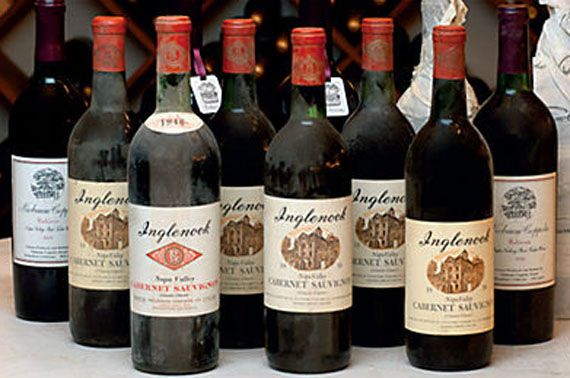
Creating The Napa Standard
The string of magnificent vintages produced by Daniel and his winemaker; George Deuer culminated in what would come to be called “Cask Cabernets.” At the time these were without question considered America’s finest. Some of these legendary wines still exist and are coveted by connoisseurs.
Unfortunately, the American palate remained slow in catching up with the quality of Inglenook. Americans were just at the beginning of their love affair with wine, preferring sweet, cheap variations. Producing top-quality wine is always a difficult and expensive proposition and with a sufficient national market Inglenook fell heavily into debt.
By 1964 the winery had lost its chief winemaker and was desperately in need of major renovations. Faced with financial ruin, Daniel was forced to sell his beloved Inglenook. The loss of the winery devastated him – and he never really recovered. He was just 55 years old.
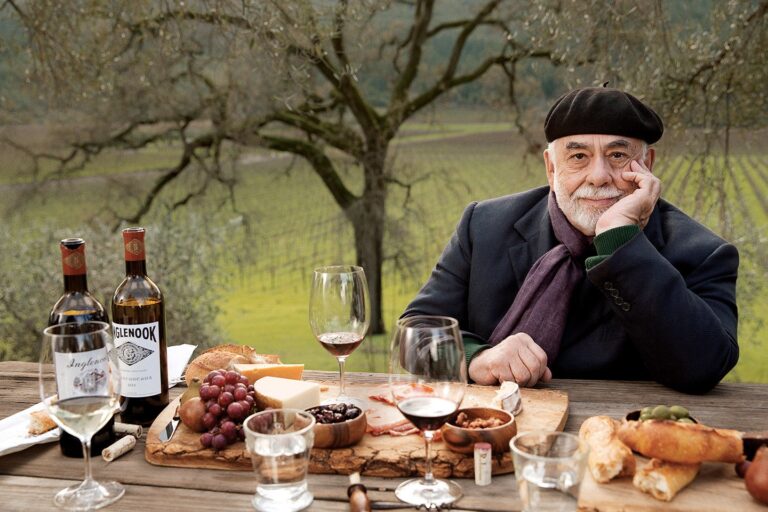
Enter Heublein And Coppola
The company that purchased Inglenook was named Heublein Spirits, a huge producer and distributor of alcoholic beverages and food throughout the 20th century. During the 1960s and 1970s its stock was regarded as one of the most stable financial investments. However, Heublein’s motive was strictly profit-oriented, and it was Heublein that turned Inglenook into a producer of plonk; ruining its reputation and creating the negative impression that lingers.
In 1975 filmmaker Francis Ford Coppola used the money he had earned from Godfather 1 and 2 to acquire most of the vineyards and the original homestead. In 1995 he purchased the rest of the land and the winery facility and began producing vintages under the new brand name Niebaum-Coppola Estate Winery. Legend has it that Coppola initially spent so much money on the winery it drove him to reluctantly make Godfather III. And while Coppola produces a limited number of upscale wines most of his wines are best classified as “everyday.”
Ironically Coppola has initiated a new line of superbly crafted wines marketing them under the name Inglenook. He evokes the names of Niebaum and Daniel to suggest a long term tradition of excellence.
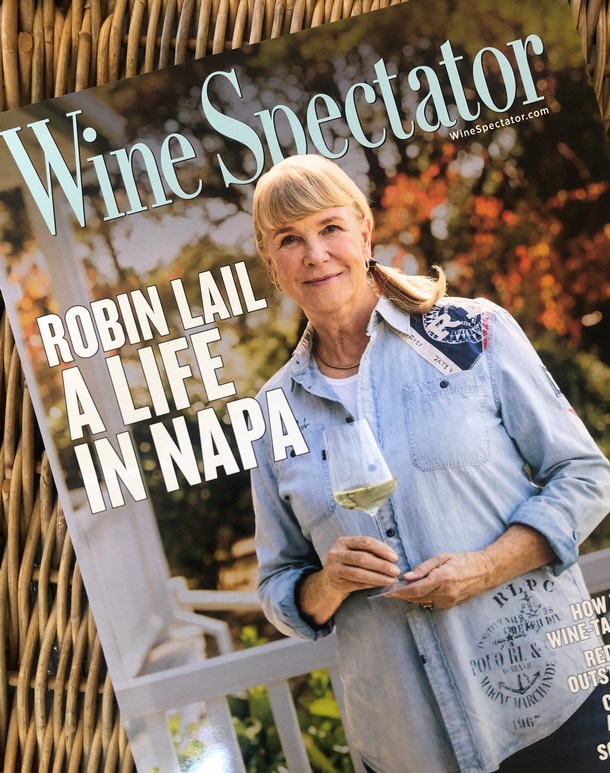
A Family Affair
But Daniel had wisely held on to one of his best vineyards, bequeathing it to his daughter Robin Daniel-Lail when he died in 1970. The 140-acre parcel is called Napanook. Today, Lail works with world-class winemaker Phillipe Melka cultivating and enhancing the Daniel tradition of excellence, relentless improvement and innovation. Her father’s standards, and their combined passion and expertise, are the driving forces at work at Lail Vineyards.
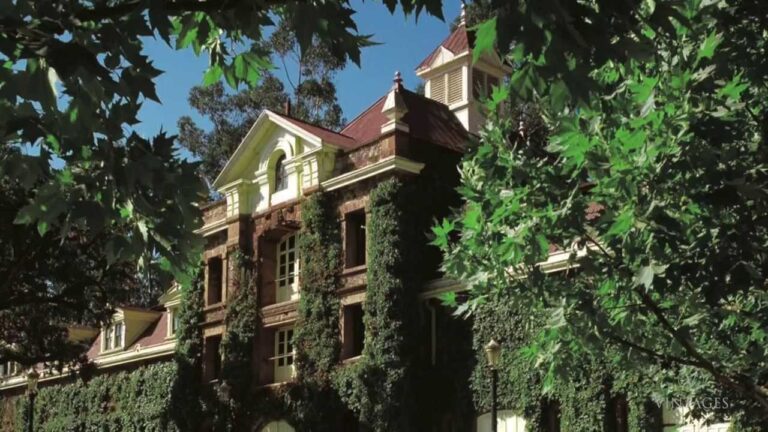
The Legacy
While the name of John Daniel, Jr.is little known by most American wine consumers, his importance to the quality of wine we enjoy today is immeasurable. He brought innovation to California’s wine industry. He adopted varietal, rather than generic labeling, which remains today’s standard. He was the first to put the words, “Napa Valley Appellation” on his labels and pioneered adding vintage years as well. He trained many future winemakers and producers, like Robert Mondavi. He played a key role in developing Napa Valley as one of the world’s premier appellations and was among the first inductees into the Vintner’s Hall of Fame in 2008.
Wine is about tradition and generational interconnection. John Daniel, Jr. and his Inglenook Winery was there at the beginning. His contribution to the American Wine Industry is incalculable. And so we see with wine, as with most things, it really helps to know the history.
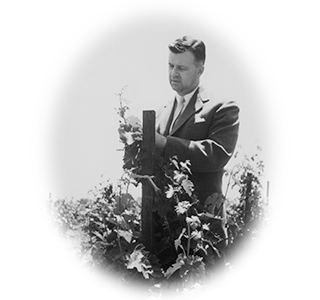
“He taught not by words alone but by example – the mark of a truly knowledgeable man.”
Robert Mondavi – Legendary Winemaker
“When the historical dust has cleared away and the full story of California wine is written, John Daniel, Jr. will take his place as one of the truly outstanding men in the history of the industry.”
L. R. Gomberg, Historian.
“John Daniel was the industry’s conscience, and because of him the industry is sound, great and proud today.
Leon D. Adams, Historian
